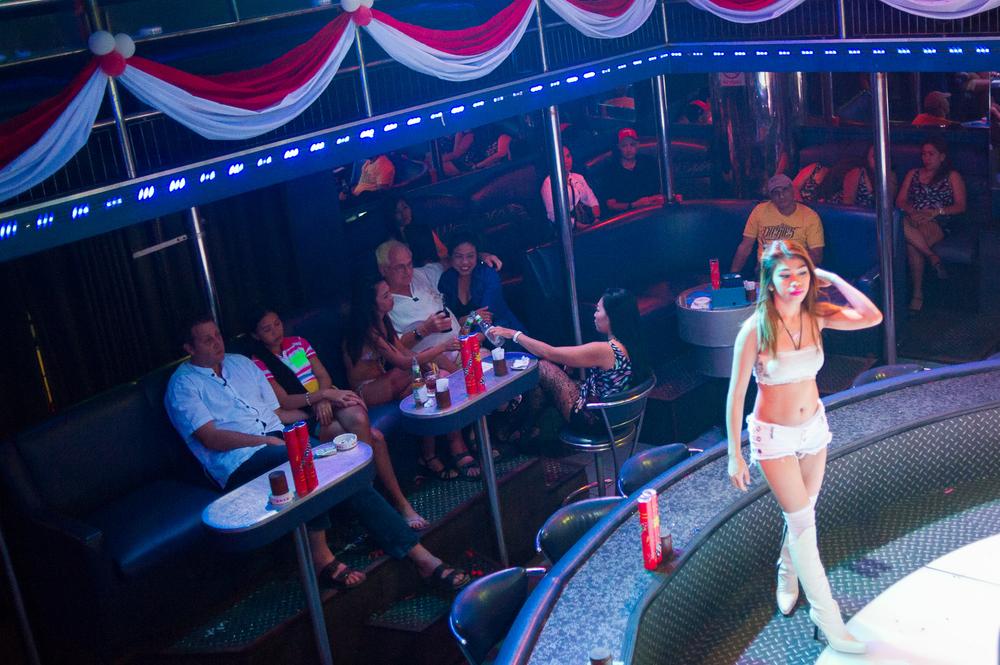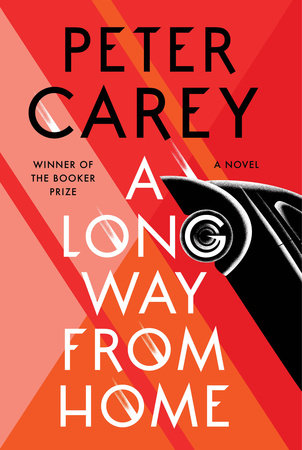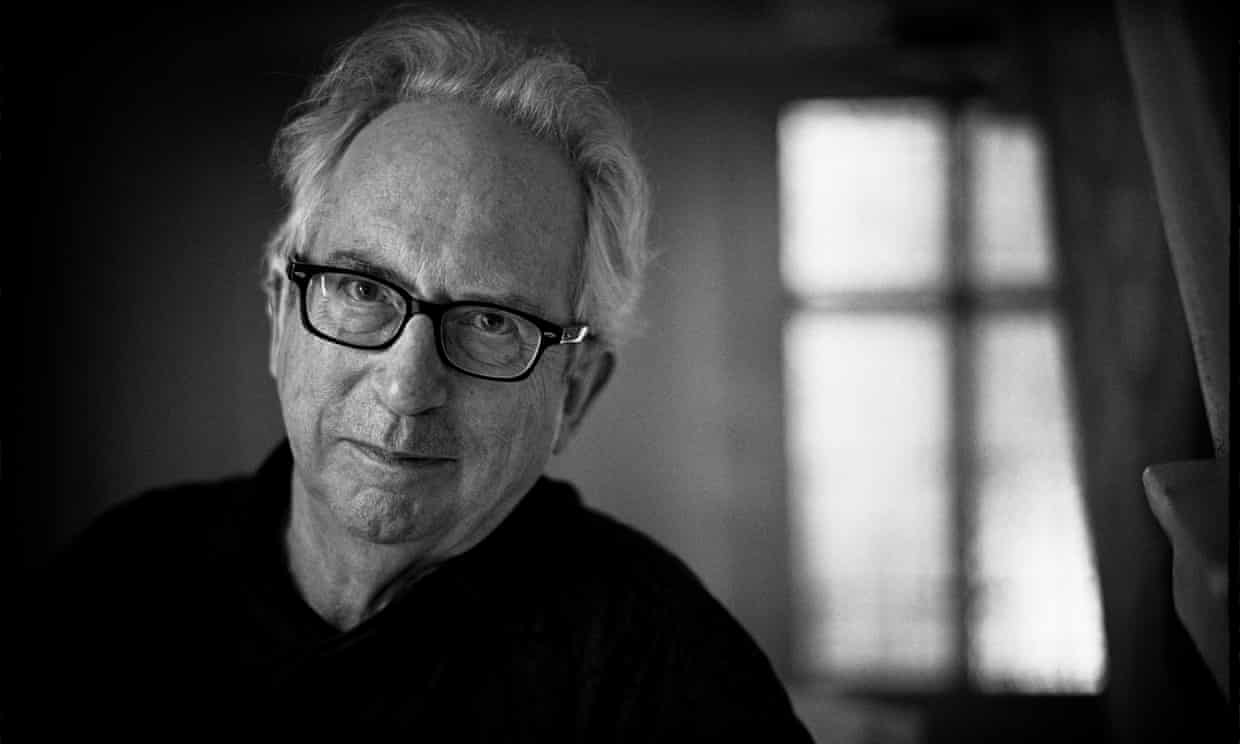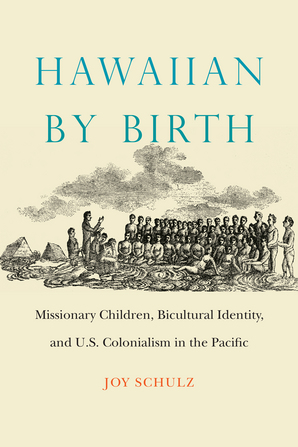Coming to Terms with Mixed Race
The Quadrant
July 2017
Robert Murray
One of the difficulties of Stan Grant’s recent book is trying to pin down how pre-TV life differed from that of any working-class boy from the bush who makes it in the big smoke. But then there are quite a few things Grant neglects to explore in his genial but ultimately frustrating personal history
From either a primary school teacher or from my Mum, I heard at an early age that part-European indigenous people—then known inelegantly as “half-castes”—were caught between two worlds, and that could make life difficult for them. Their dilemma has been around for a long time but has never really been part of the public discussion, or even much awareness. “The Aboriginal problem” seems to remain firmly with the remote tribal people, where it has always been.
This is part of the value of Stan Grant’s memoir, reviewed by Jeremy Sammut in the June 2016 edition of Quadrant, his story of being one of the Westernised “light-skinned” part-Europeans who today make up the majority of those who identify as Aborigines. Sammut’s review concentrated on the part of the book dealing with recent indigenous public policy. This piece adds the more personal mixed-race aspect.
“The old definitions of Aboriginality strain to serve the constellation of groups and individuals that lay claim to that identity,” Stan Grant writes. In some ways, it doesn’t seem to have made things all that difficult for Grant, manual worker’s son from the Riverina who became a successful television journalist and is now an indigenous celebrity. But he says it was an extra load to carry, perhaps in small rather than big ways.
His autobiography, Talking to My Country, is important as a brightly written, lucid account of mixed-race life—if we can use that useful but unloved term. As the title suggests, it aspires to be talking to this country about Aboriginality, but is a word-play also on his home country in the Riverina district of New South Wales where his boyhood had little in common with the “full descent” communities of the remote outback that get all the publicity.
“Aboriginal” or “indigenous” still implies to most Australians the Northern Territory, Cape York or the Kimberley, the dark-skinned people only lately and lightly integrated to modern ways and often troubled by them. The figures put it otherwise. Most who identify as Aborigines these days live in the south, much as other Australians do, but their circumstances or predicaments, when there are predicaments, get little media, political, academic and thus public attention. It has ever been thus. Colonial governments believed they had an obligation to shield “full-bloods” from the conspicuously damaging effects of newly established white society, but they expected mixed-race people to just become like everybody else. To a large extent they did, but not without problems, often emotional as much as anything.
The total Australian population now identifying officially as of Aboriginal or Torres Strait Islander descent is close to 700,000. About 175,000 live in New South Wales, almost all of them thought to be of mixed descent and more or less Westernised, like the majority nationally. Corroboree-type ceremony in New South Wales is believed to have died out around 1900…
Read the entire article here.









